
 By Natali Moss
By Natali Moss
Would you prefer to be on the site of Ukraine and be in defense, or on the site of Russia, which goes on the offensive? "I would always like to be in the offensive. " Conversation with the United States Army infantry officer shortly before Russia's invasion of Ukraine. Focus has translated the new text of David Johnson, dedicated to the concept of defense and NSUU in contemporary military arts.
After the devastating victory of America over Iraq, President George Bush stated: "Vietnam ghosts rested under the sands of the Arabian Desert. " The military potential and concepts designed to combat the Soviet Union have shown brilliant results. ” However, the music did not play for long, since after the Cold War, the abundance of the armed forces continued, which was temporarily postponed after Iraq's attack on Kuwait.
For the first time since the 1940s, the United States has not faced the threat of a powerful opponent. The question was three main unknown, which determine the military task - the place, the enemy and the capabilities of the enemy. It was necessary to find the answer to the question: what would the American armed forces do after the collapse of the Soviet Union? Without a clear threat, the US Department of Defense, after the end of the Cold War, switched to planning based on opportunities.
Given the absence of an opponent in the near future, it was an inevitable decision. The situation has changed now. Given the instructions of the President, restrain China and Russia and take the top in conflict, if restraint is not possible, the Ministry of Defense should make plans based on real threats. It's time for change. American armed forces, designed for offensive expeditionary operations, are poorly prepared for their main task - restraint.
In fact, some aspects of US military concepts have a high risk of escalation when applying them against opponents with nuclear weapons. In addition, information technologies and opportunities for the task of accurate impact have advanced so much that the defense began to outweigh the offensive. These changes, which are now clearly visible in Ukraine, should change the US approach to restraint.
Such transformation will probably be difficult because of the rooted institutional and cultural advantages of the US military over offensive operations. During the preparation of the Ministry of Defense's budget in February 1990, the Chairman of the Joint Committee of Chiefs of Staff Colin Powell worked in the Bush administration to achieve consensus according to a plan known as Base Force.
This plan involved a reduction in the existing structure by 25% and called for the creation of "armed forces capable of leading two major regional conflicts" almost simultaneous logical in connection with the end of the Cold War. As Powell said in his memoirs, "our old enemy is not only destroyed but also derived from the game. Although the combined forces still need military potential, it will be intended for other purposes than in the Cold War.
For example, Powell noted that "we can no longer need to need air transportation to flip over x million tons material resources to Europe in response to a potential invasion of the USSR. But we still need the possibility of throwing huge amounts of inventories into unpredictable problematic points around the world. "However, it will be more difficult to justify the cost of new weapons, because any projected unintended situation can be answered with the help of existing and programmed systems.
If They were able to defeat Iraq so easily, they would also be agreed to fight less serious opponents - and there were no others on the horizon. With considerable reductions planned for military bases in Europe, the combined forces steadily turned into a US Continental Army. "There was nowhere and everywhere.
It is important to note that in addition to the defense of South Korea, combat missions usually required these forces to carry out offensive operations in order to force the enemy to change their behavior - for example, to force Serbia to stop the persecution and Powell that called for clear political goals, the use of strength as the last tool to achieve these goals and use repeatedly prevailing forces when applying military power.
In the 1991 National Security Strategy, Bush made a statement that reflected the opinion that, despite the problems that are coming, "we cannot be a world police officer responsible for solving all the problems of the world's security. " Clinton's new administration had a different view of the numbers and benefits of the Armed Forces. The opinion of the Minister of Defense Les Espin on the basic forces, expressed in the Atlantic Council in January 1992, showed that new abbreviations were coming.
He viewed the basic forces as a reduced version of the structure of the Cold War. Espin stated: "The US concern for economic threats means that the new US army should be less expensive. " Then there was a number of significant budget abbreviations - the so -called "dividends of peace" - which lasted throughout the term Clinton. Significant staff reductions have been conducted, the number of troops based abroad, especially in Europe, has been reduced, and the Navy's parts and ships were disrupted.
It was necessary to create an army for another world than the world of the Cold War. Then these decisions were logical. After decades of significant investments in the prohibition of the Soviet Union, this main threat has disappeared. In addition to the awareness of the ability to invest in internal priorities, the Clinton administration was determined to reduce the deficit to improve the US economic situation. Unfortunately, the peaceful world, which many people provided, did not become a reality.
The operations of the "desert shield" and "storm in the desert" did not put an end to the Cold War; The problems that were smoldering under the Soviet threat surface, now suddenly lealed to the surface. The Clinton administration soon was in the role of world police in emergency situations in Somalia, Haiti, Rwanda, Bosnia, Kosovo and other countries.
These operations included hostilities, maintaining peace, eliminating the consequences of natural disasters and providing humanitarian aid around the world.
It depleted the Armed Forces, but despite the opposition of Powell, the opinion of the Secretary of State Medlin Olbright prevailed: "What is the meaning of these wonderful armed forces that you are constantly talking about if we cannot use them?" Although two major regional conflicts renamed the main theaters of hostilities remain the main concept, the requirements for the army were steadily increasing.
This led to the crisis: the armed forces created for conventional hostilities were often unfolded in unforeseen situations with unforeseen frequency and acted in a reduced budget. Victims of abbreviations were the departments of perspective research and development, which without equal threat lost in the first place. Yes, the systems inherited from the Cold War era remained in service - and it was assumed that they would be infinitely for a long time, and they were not preparing to replace them.
Finally, given the deployment of forces after the Cold War, military interventions were mostly offensive operations aimed at making the enemy change behavior - for example, to stop ethnic cleaning in Kosovo - or so -called non -war missions - for example, operations to ensure stability in Bosnia. . The concepts began to reflect the practice, and the rapid deployment of sufficient forces from the continental part of the United States or the remaining foreign bases became normal.
The four -year review of the defense sphere of 2001 made a planning based on military capabilities with a new approach to modernization. This decision will affect the future concepts of combat and support their capabilities. With the collapse of the Soviet Union, the specificity of the military problem that has existed for decades, related to the specific place, enemy and capabilities of the enemy. Something had to replace. This was something planned to take into account military capabilities.
According to Michael Pietrukh, this decision meant that "the Ministry of Defense would no longer plan to fight a real opponent. " Yes, the critical context of military task was replaced by an approach that will "plan to fight against the set of military capabilities of the enemy. " … The strategy focused on a potential opponent was rejected.
” The Pietrukha disagreed with this approach, as he "ignored the need to account for the cultural, geographical and strategic aspects of any particular opponent and instead concentrated on technology. " Pietrukha criticized planning on the basis of opportunities as a "defense strategy" and a "lazy" approach to war. According to the former assistant to the Minister of Defense for Operations Sharon Burk: "We no longer knew who our enemy, but still sought to start large arms programs.
" In retrospective, these critical remarks may be true, but at that time they were inappropriate. The opponents that the American armed forces faced were inferior to the Iraqi army, which was defeated during the Storm Operation in the Desert. The United States has already exceeded the best in their class. But will it be in the future? It was this problem that the US military faced the long -term development and implementation of advanced weapons.
The development of technologies, the imperative of which is the victory over all the "best in their class" potential opponents in the distant future, when planning based on military capabilities. This is important because the timeframe that determine development usually cover the coming decades. For example, one of the key documents that determine the modernization of the Joint Forces is Joint Vision 2020, published in 2000.
In such temporary horizons, the specificity of any enemy technologies is largely unknown. This has two consequences for hostilities planning. Therefore, a cycle was created in which the theoretical possibilities of a non -specific opponent created demand for more sophisticated military technologies; Then the concept included these technologies and created a demand for further development of opportunities.
The key role of imaginary weapons leads to the fact that Benjamin Jensen and Michael Runtri are characterized as a fundamental disadvantage war. Context, obstacles and rivalry are not taken into account. Complex historical examples are reduced to myth -making, and tendencies to simplified scenarios to justify the forecasts obtained through deduction.
" According to Michael Kafman, it can lead to "techno-romanticism, belief that new sensors, networks and integration will solve real and long-term military tasks. " Concepts were becoming more and more, but the best military ambitions of the United States reflected the concept of rapid decisive operations, which contributes to the achievement of "full range of dominance", as stated in the Joint Vision 2020 document.
'The united forces of the future will use the "ability of American troops, operating alone or in cooperation with international and interagency partners, defeat any opponent and control any situation throughout the range of military operations. " The united command was responsible for developing joint concepts to cancel Minister Robert Gates in 2011.
Their operational concept of the full range of dominance was called Rapid Decisive Operations and included the overestimated expectations of the US military to their alleged exceptional opportunities. The concept argued that it "would ensure the ability to quickly and decisively force or defeat the enemy to achieve our strategic goals without a long campaign or a large -scale increase of forces.
" According to historian Williamson Murray, this concept provided for "such a powerful approach to warfare that the US Armed Forces will be able to win a war with one blow. " Yes, Rapid Decisive Operations promised short, decisive wars with low losses as a result of US offensive operations using higher technologies. In short, Napoleonic results with the forces of Frederick the Great.
Again, planning, based on opportunities, was necessary due to the lack of a significant military task, similar to what was in the Soviet Union during the Cold War. It was an important bridge from the Cold War to this day. Despite his shortcomings, he gave impetus to research and development, the results of which in many cases affect current and future challenges. However, this approach is still maintained, despite the fact that the levels of the US and Russia opponents are already known.
The comment of Ogden Nesh "maybe the progress was good, but he continued for too long" - the corresponding epitaph, because it was time to move on. The Ministry of Defense needs to return to an approach based on threats that focuses on a military assignment of deterrent to equal opponents who have nuclear weapons. Three components of the tasks are again a place, the enemy and its capabilities.
For the first time since the 1940s, the United States faces confrontation and conflict at the Pacific and Europe levels, which can conduct operations in all areas-on land, sea, air, space and cyberspace. The geography of these two theaters is radically different, and each of them needs different concepts and opportunities. Here, the new concepts of the Armed Forces have a key defect: there is too little forces in place before the start of the war to ensure their implementation.
All advantages of position are inferior to the enemy. The current war in Ukraine has shown that assumption and warning is a risky indicator to decide to transfer forces to a particular theater of war. This is especially dangerous in confrontation with Russia, whose deployment distance is only a step across the border, while the United States should cross the ocean and the entire Western Europe. China's location creates similar problems in the protection of Taiwan and other countries in the region.
These realities, combined with the threat to airbazes and seaports by the constantly growing high -precision high -precision missiles, only complicate the task of preparing for battle. Even if there are sufficient warnings, as it was in February this year in Ukraine, the deployment can stop due to the fears of escalation or provocation of the enemy's aggression.
As the first step towards regional restraint in the Pacific and Europe, it is necessary to evaluate which minimum should be created in the crisis to assure partners and allies of the reliability of the coalition forces. The allies will also contribute, so the US will not have to put on the whole burden. If the available forces are not enough to implement the plan, then most likely the United States will not have time to start the fighting. China and Russia are different from each other.
However, US military concepts often consider them as if they were the same. I think it is the result of planning based on military capabilities that considers the war a confrontation between systems rather than peoples. Win the enemy system - and he will not be able to resist, and you win war. If so, the wars in Afghanistan and Iraq would end in a few weeks with a favorable result.
As we see in the example of Ukraine, war is not just the ability to continue resistance, but a striking ability to rest. During the grueling war for exhaustion with many casualties on both sides, none seems to be ready to throw away the white flag. It can be assumed that Russia will have the same will to fight NATO. China, although it will almost probably behave differently than Russia will also reveal strong will to fight.
In addition, the presence of nuclear arsenals of both countries should be taken into account. It is time to actually act in accordance with the quote of Sun-Tzu, which we have heard in the audience for decades: "Having known our enemy and ourselves, you can not be afraid of the result of hundreds of battles. " Russia and China are different, and victory over their will to resistance and perseverance will undoubtedly require a detailed understanding of each of them.
Попередня критика планування на основі військових можливостей не означає, що можна знехтувати військовими технологіями. Конкретне місце та противник створюють контекст — розуміння того, які конкретні можливості слід нейтралізувати в якихось географічних умовах.
Теперішня війна в Україні дає чудову нагоду оцінити російські можливості та концепції їх застосування. Це особливо важливо, якщо, як зазначається в останніх звітах, росіяни не такі грізні, як багато хто вважав до війни.
За відсутності конкретного завдання та даних для порівняння неможливо, наприклад, проаналізувати, яка дальність є достатньою для нової ракети. Скажімо, ракета наземного базування з радіусом понад тисячу кілометрів може вразити Москву з території НАТО.
Навмисно чи ні, таку зброю, найімовірніше, сприйматимуть росіяни як стратегічну загрозу, що потенційно може призвести до ескалації. Мало того, Москва вважатиме, що ця ракета, як і інші ракети аналогічної дальності, має ядерний потенціал.
З іншого боку, під час запуску з острова Гуам та ж ракета впаде в Тихий океан, перш ніж досягне Китаю. Оцінка конкретних можливостей противника дозволить отримати дані, які можуть створити попит на дві системи різного радіусу дії.
На основі цих даних ми проаналізуємо недостатні технічні можливості, щоб зрозуміти, які з них будуть потрібні на кожному театрі бойових дій. За відсутності цього контексту "велика дальність" та "більше зброї" — єдині можливі варіанти.
Як не дивно, всі технології, розроблені для швидких і рішучих наступальних операцій, виявляються ще потужнішими в обороні. Вони позбавляють наших противників переваги раптовості і дозволяють нам мати наші сили там, де вони можуть найефективніше захищатися від нападу.
Отже, як зазначає Олексій Вершинін: "Перспективні технології в галузі мереж, штучного інтелекту та космосу зміщують баланс назад у бік оборони".
Він заявляє, що Сполучені Штати, можливо, пропустили це зрушення із серйозними для себе наслідками: "Не маючи можливості провести коротку кампанію з усунення військово-політичного командування, Сполучені Штати можуть бути змушені розпочати тривалу кампанію на виснаження, що спричинить неприйнятні політичні витрати".
У наступній частині цього нарису я опишу, як війна в Україні може допомогти Міністерству оборони США краще зрозуміти нове значення оборони та підготуватися до поточних та майбутніх військових завдань. Девід Джонсон — офіцер армії у відставці.
Старший дослідник у некомерційній, непартійній корпорації RAND та ад'юнкт-дослідник в Інституті сучасної війни у Вест-Пойнті. Автор книг Fast Tanks and Heavy Bombers: Innovation in the US Army, 1917-1945 і Learning Large Lessons: Evolving Roles of Ground Power and Air Power в Post-Cold War Era.


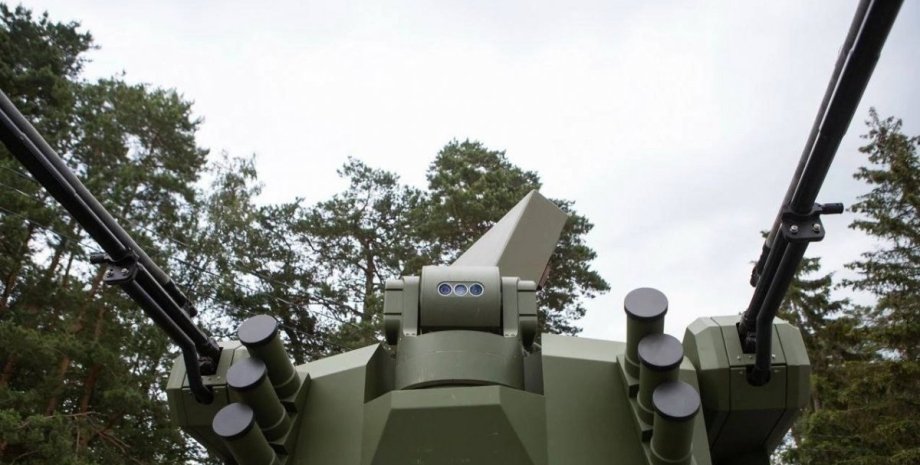
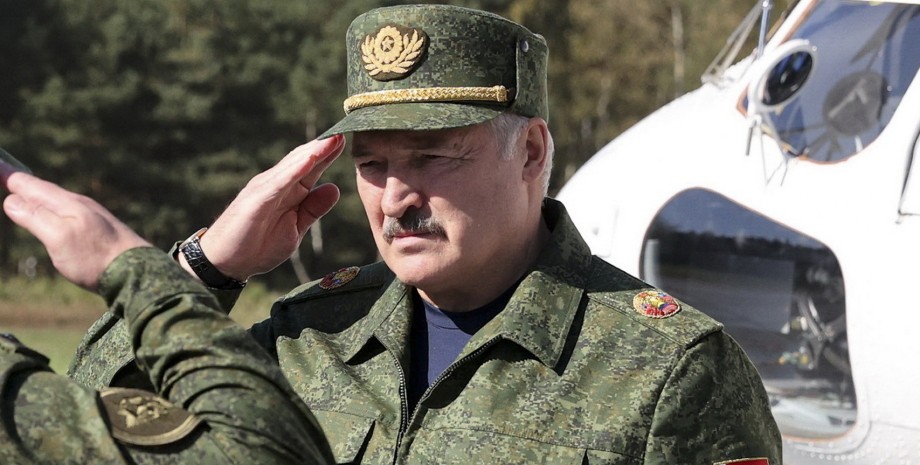
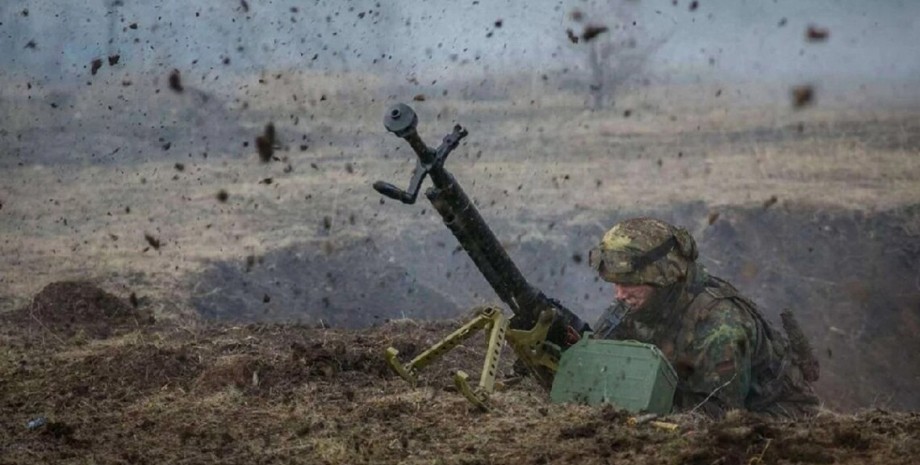

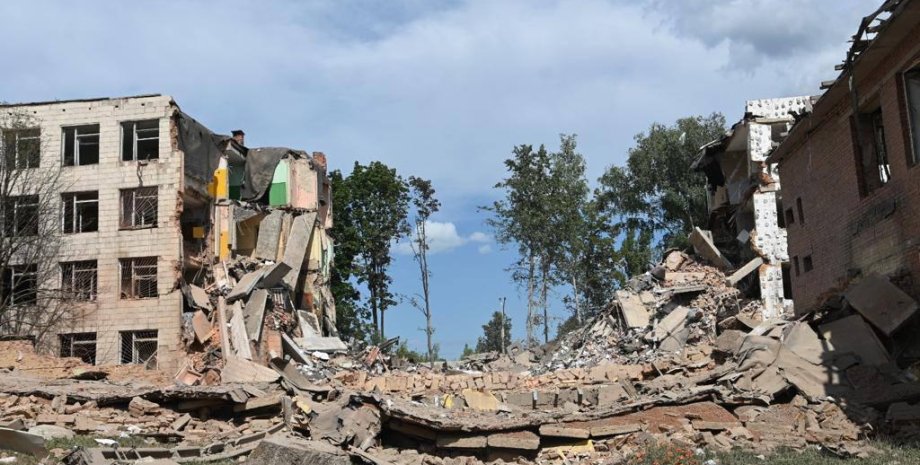
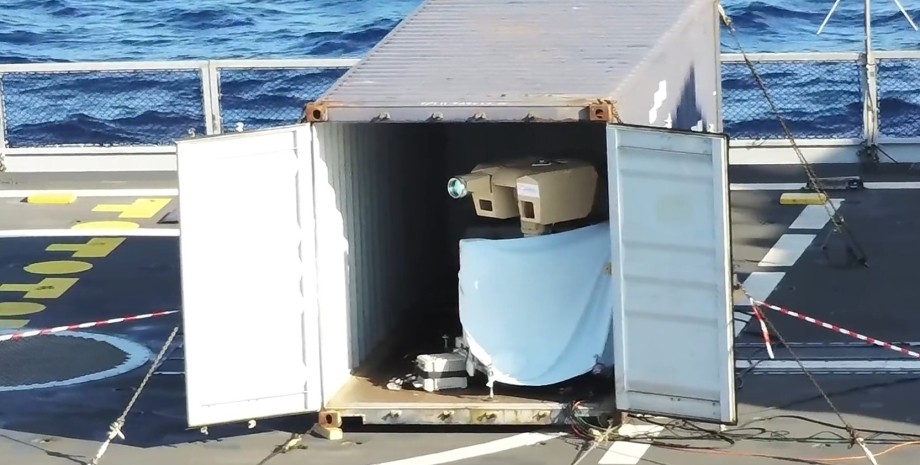
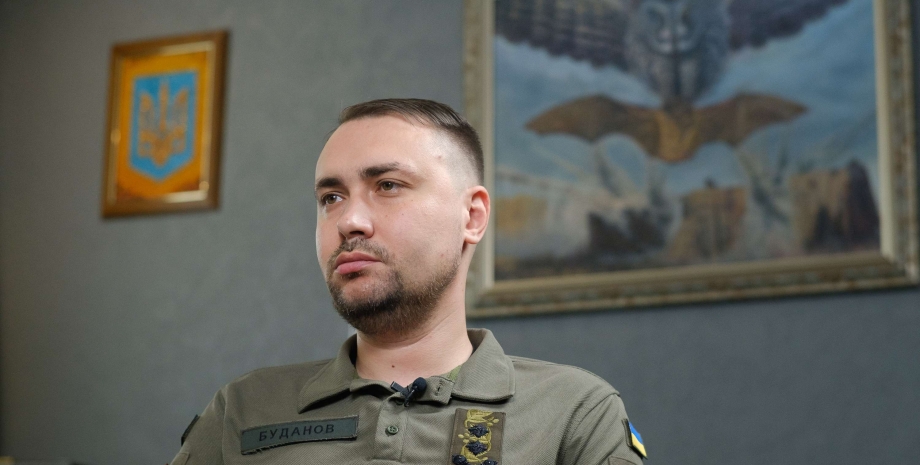
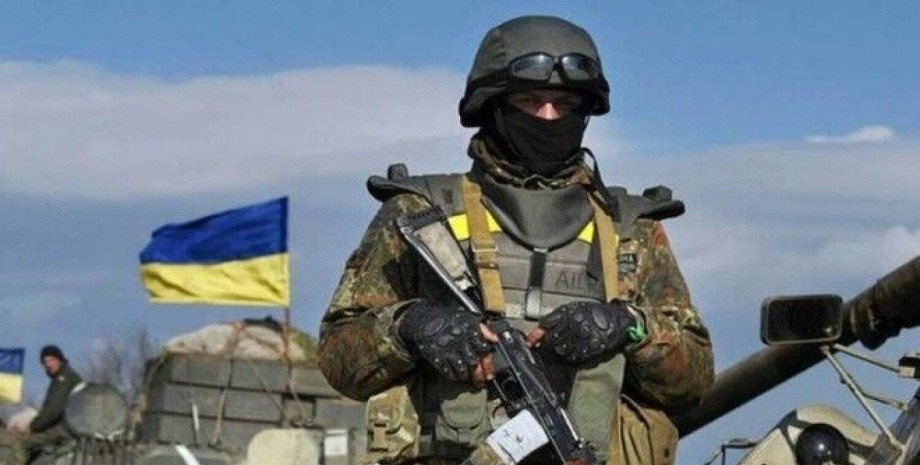
All rights reserved IN-Ukraine.info - 2022